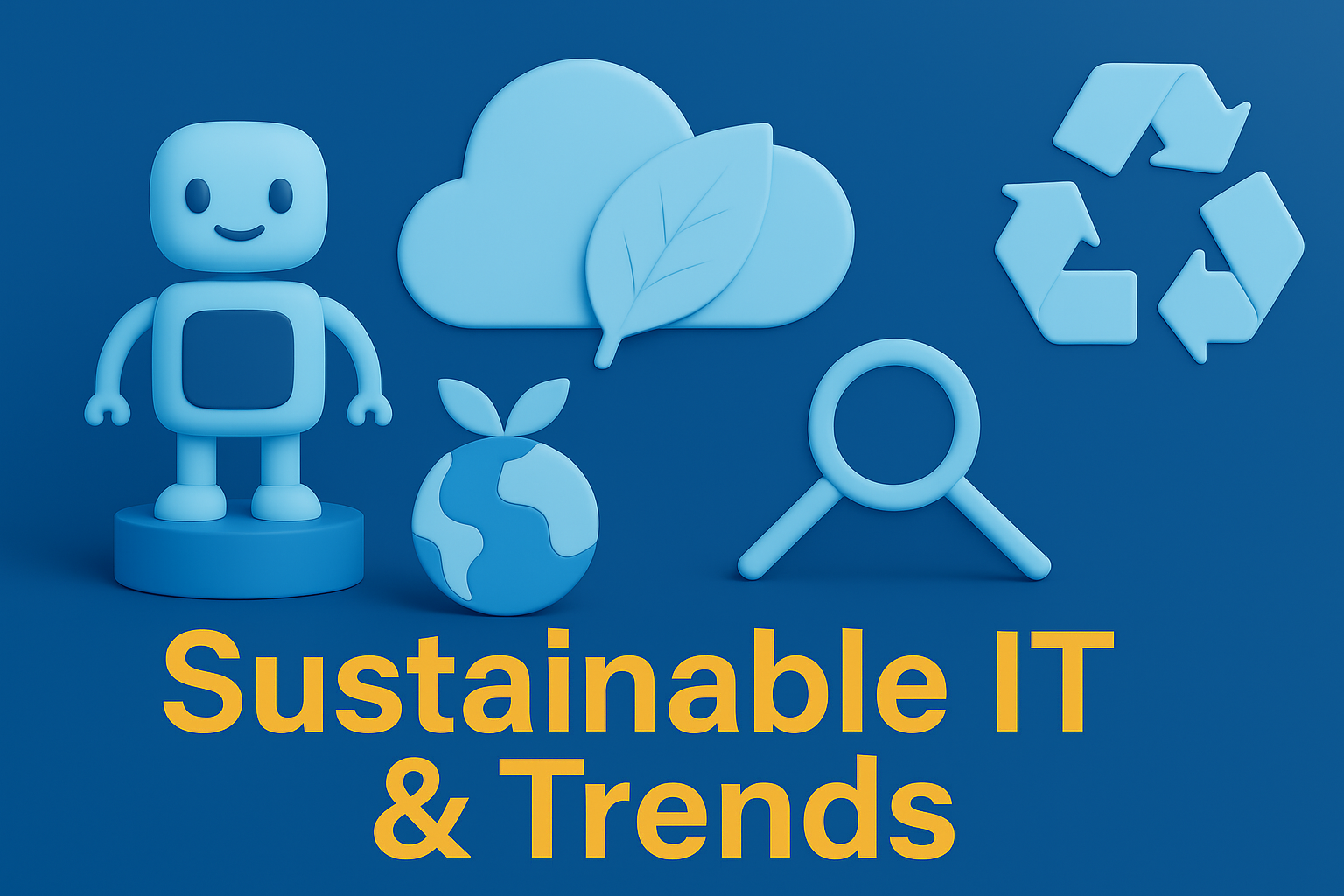Introduction
Edge Computing refers to processing data closer to where it is generated rather than sending it to centralized cloud data centers.
This approach reduces latency, optimizes bandwidth, and enhances performance in real-time applications.
Examples include:
- Real-time analytics in smart factories
- Decision systems in autonomous vehicles
- Instant health monitoring in medical devices
In this guide, we’ll cover technical and operational best practices to build and maintain robust Edge Computing infrastructures.
Prerequisites
- IoT or Edge devices available
- Basic knowledge of Kubernetes (K3s, MicroK8s) or Docker
- Familiarity with LAN/VPN/5G network configuration
- SSH access to edge nodes
1️⃣ Hardware & Network Optimization
1.1 Hardware for Low Latency
- CPU: ARM or x86, 4+ cores
- RAM: Minimum 8 GB
- Storage: NVMe SSD (50–200 GB)
- Connectivity: 1 Gbps LAN or 5G modem
Edge nodes operate outside traditional data centers — choose energy-efficient, fanless industrial PCs for reliability.
1.2 Network Architecture
- Prefer 5G MEC (Multi-access Edge Computing) setups.
- Use WireGuard or ZeroTier for mesh networking.
- Assign unique hostnames:
hostnamectl set-hostname edge-node-01 - Use local DNS (Pi-hole, BIND) for internal resolution.
2️⃣ Security Best Practices
2.1 Hardware Security
- Enable TPM 2.0.
- Activate Secure Boot in BIOS.
- Use manufacturer-issued certificates for device identity.
2.2 Software Updates
- Implement OTA (Over-The-Air) updates.
- Allow only signed package installations:
apt install unattended-upgrades dpkg-reconfigure unattended-upgrades
2.3 Network Security
- Restrict open ports via ufw/nftables.
- Always use VPN or Private APN for data transfer.
- Generate individual SSH keys for each node:
ssh-keygen -t ed25519 -C "edge-node-01"
3️⃣ Data Management & Synchronization
3.1 Local Processing (Data Locality)
- Process raw data locally and send summaries to the cloud.
# edge-sensor-processor.py import json, time while True: data = read_sensor() summary = { "temp_avg": sum(data["temp"])/len(data["temp"]), "timestamp": time.time() } send_to_cloud(summary)
3.2 Data Sync
- Use MQTT or Apache Kafka Edge Connectors.
- Schedule periodic syncs via rsync + cron:
rsync -az /data/ edgehub:/data-backup/
4️⃣ Container & Kubernetes at the Edge
4.1 Lightweight Kubernetes Options
- Use K3s or MicroK8s for low-resource deployments.
curl -sfL https://get.k3s.io | sh -
4.2 Node Registration
sudo k3s agent --server https://10.1.2.10:6443 --token 4.3 Resource Optimization
- Apply CPU pinning and nodeSelector to dedicate workloads.
- Disable excessive logging and metrics collection.
5️⃣ Monitoring & Observability
5.1 Prometheus + Grafana
- Deploy node-exporter and loki-promtail agents on all edge nodes.
targets: - edge-node-01.local:9100 - edge-node-02.local:9100
5.2 Logging
- Use Loki or Fluent Bit for distributed log collection.
- Integrate Alertmanager for anomaly alerts.
5.3 Health Check API
curl http://localhost:8080/health6️⃣ Automation & CI/CD
6.1 GitOps Approach
apiVersion: fleet.cattle.io/v1alpha1
kind: GitRepo
metadata:
name: edge-fleet
spec:
repo: https://github.com/hmyn/edge-fleet
branch: main
targets:
- name: edge-group-1- Manage node configuration via GitOps tools: Fleet, ArgoCD, or Ansible Pull.
6.2 CI/CD Pipeline
deploy:
stage: deploy
script:
- ssh edge-node-01 "docker pull registry/app:latest && docker restart app"7️⃣ Scalability & Power Efficiency
- Remove unused containers.
- Balance CPU/GPU workloads dynamically.
- Adjust power settings:
cpupower frequency-info
8️⃣ Real-World Examples
| Industry | Use Case | Edge Layer |
|---|---|---|
| Manufacturing | Real-time robot analytics | K3s on-prem cluster |
| Retail | Customer counting via camera | AI edge device |
| Healthcare | Real-time vital sign tracking | IoT medical hub |
| Transportation | Fleet telemetry & navigation | 5G edge gateway |
Conclusion
Edge Computing extends the power of cloud computing to the physical world.
Each edge node acts as a mini data center, requiring disciplined approaches to security, automation, and observability.
Summary
- Performance: Low latency, local compute priority.
- Security: TPM, OTA, VPN required.
- Automation: GitOps simplifies management.
- Monitoring: Prometheus + Grafana are essential.
Tip: Future architectures will merge Edge AI, MLOps, and Federated Learning for true hybrid intelligence.
